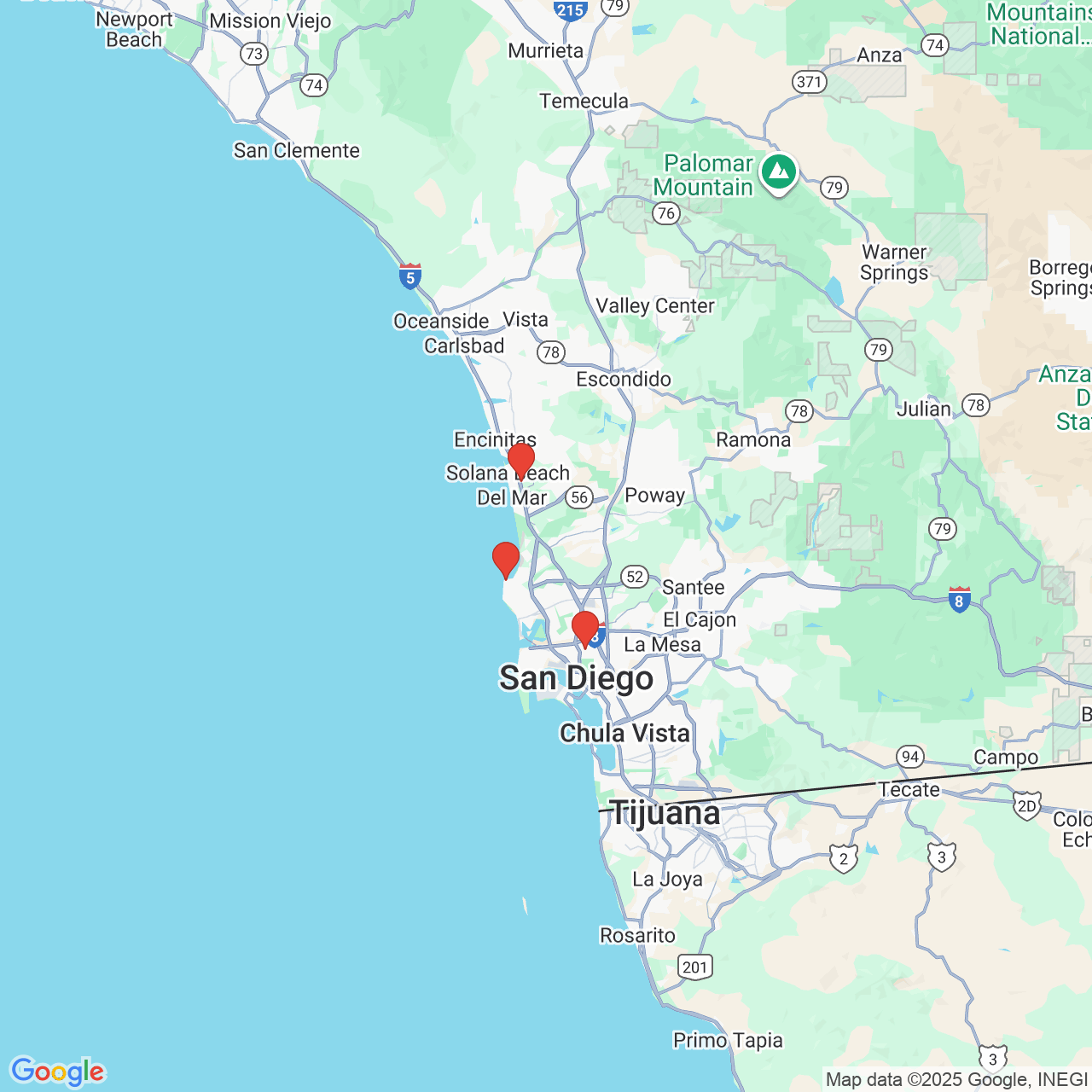Is PRK Safer than LASIK?
 LASIK is a popular laser vision correction procedure. However, it is not the only option available to individuals who are looking to improve their vision and reduce their dependence on prescription lenses. Another procedure that is similar to LASIK is PRK. PRK reshapes the cornea to correct imperfections that cause common refractive errors.
LASIK is a popular laser vision correction procedure. However, it is not the only option available to individuals who are looking to improve their vision and reduce their dependence on prescription lenses. Another procedure that is similar to LASIK is PRK. PRK reshapes the cornea to correct imperfections that cause common refractive errors.
Despite their similarities, there are some key differences between PRK and LASIK. Many people who come to GW Eye Associates for refractive surgery ask our optometrists, “Is PRK safer than LASIK?” Here we provide our La Jolla, Carmel Valley, and San Diego, CA, patients with an overview of the PRK technique, including its safety and reliability.
What’s the Difference Between PRK and LASIK?
Photorefractive keratectomy (PRK) and laser in-situ keratomileusis (LASIK) are both laser surgery techniques that improve vision by correcting abnormalities on the cornea that are responsible for nearsightedness, farsightedness, and astigmatism. The most notable difference between these two procedures is how the eye surgeon gains access to the corneal tissues.
During a LASIK procedure, a laser or scalpel is used to make a semi-circular incision on the top surface of the cornea. This creates a flap of tissues that can be lifted to reveal underlying corneal tissues, so that corrections can be made. When surgery is complete the flap is lowered. In the weeks after surgery, the tissues heal and the cornea repairs itself.
PRK surgery does not rely on the creation of a corneal flap. Instead, during PRK, part of the top layer of corneal tissues (the epithelium) is completely removed. Corrections are then made to underlying corneal tissues. At the completion of surgery a special bandage is placed over the eye. The bandage is very similar to a contact lens. It protects the eye while underlying tissues heal.
Which Procedure Is Safer?
Both LASIK and PRK have extremely high rates of success and very low risk of surgical complications. Whether a patient undergoes LASIK or PRK, it is likely that they will recover with 20/20 vision.
Although LASIK is not considered to be a risky procedure, many would agree that PRK is safer overall, because it does not involve the creation of a corneal flap. Even though it takes longer to recover from PRK than LASIK, there is a lower risk of complications, because the flap created during LASIK is prone to injury and post-surgical complications.
Is PRK Right for Me?
PRK may be considered safer than LASIK, but LASIK is usually still a common choice in laser vision correction, primarily because it requires a shorter recovery and provides faster results. However, if someone has an especially thin cornea, or has been ruled out as a candidate for LASIK for other reasons, PRK may be the best treatment option.
Contact GW Eye Associates
If you are interested in treating vision impairment and reducing your dependence on prescription lenses, refractive surgery may be right for you. The optometrists at GW Eye Associates can help you consider LASIK and PRK to determine which technique is best suited to your unique needs. To schedule a personal consultation, contact our practice online or call us at (858) 454-4699.


